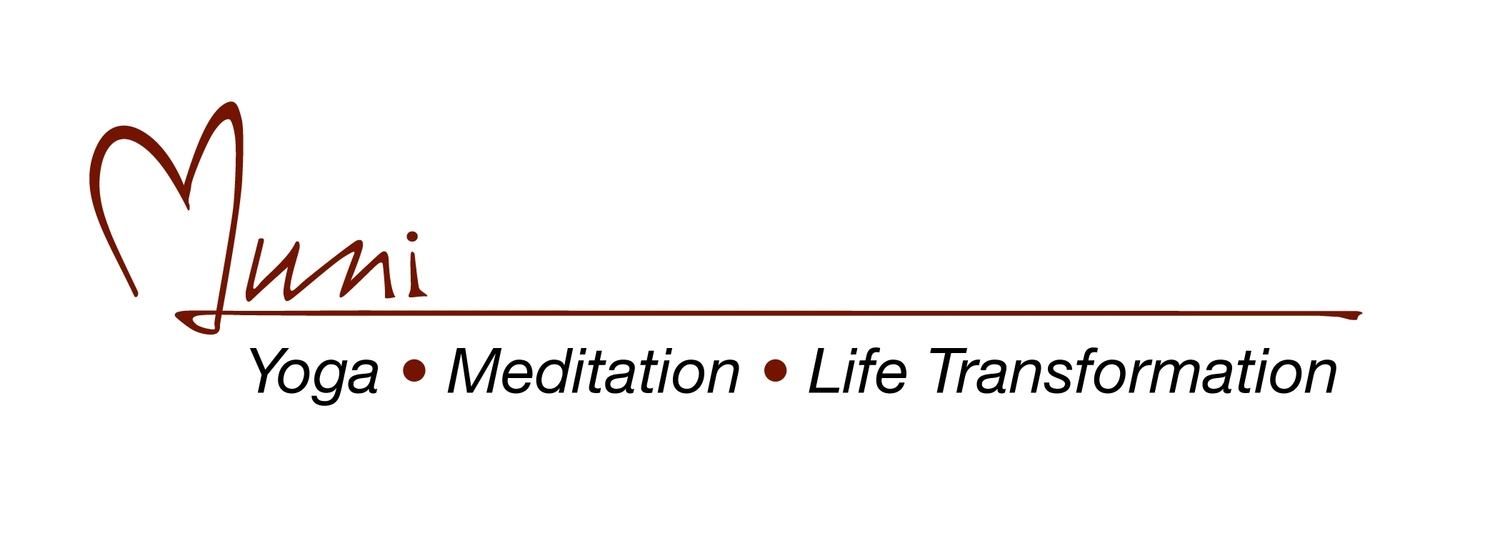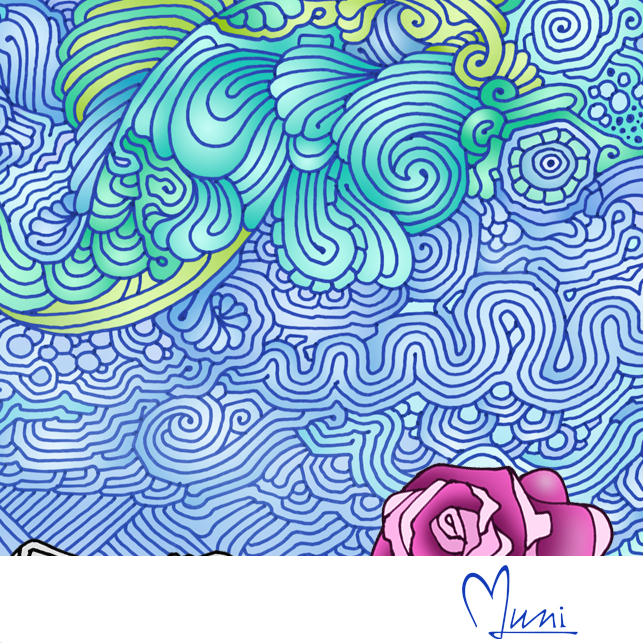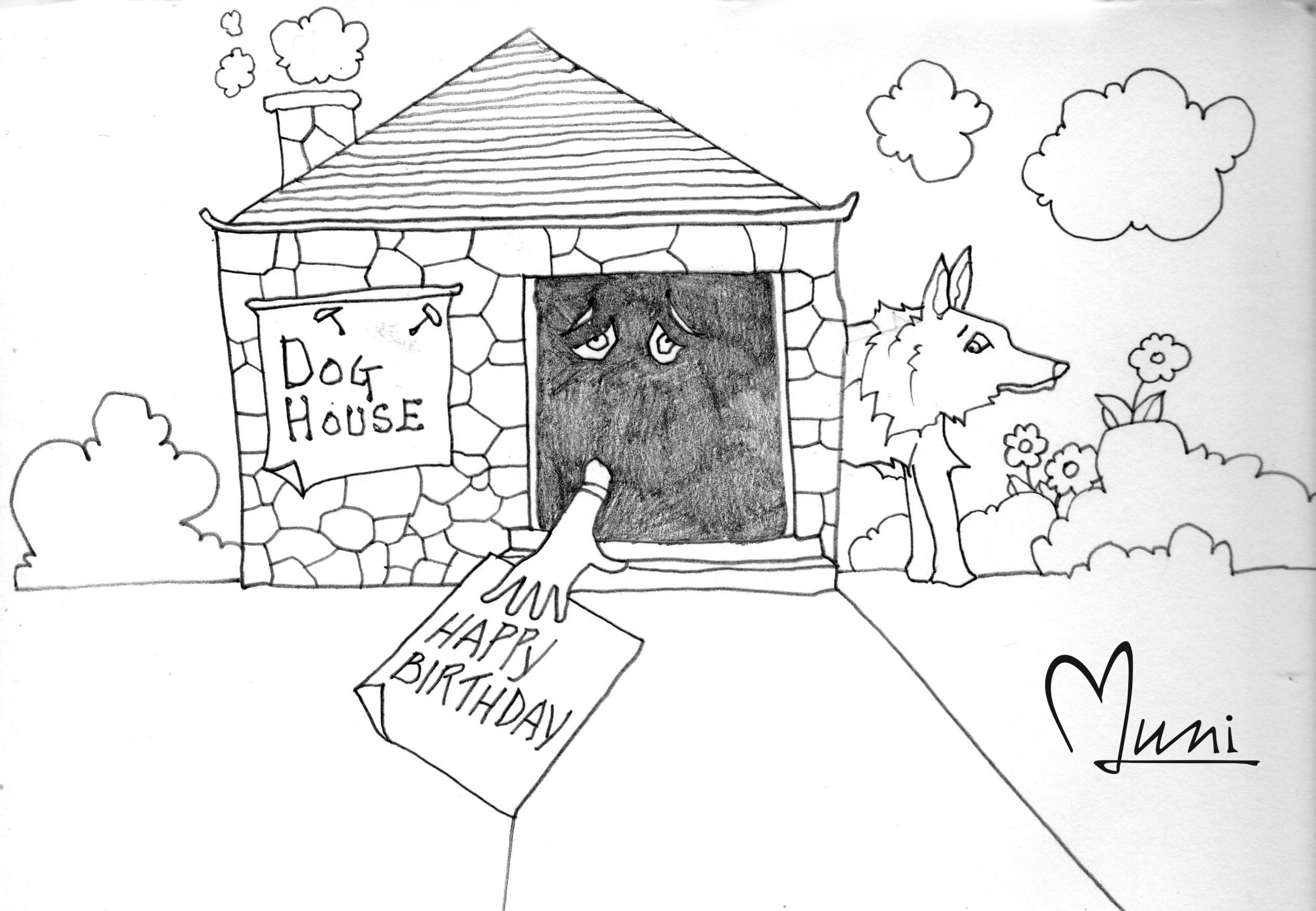Welcome friends.
Below you will find a past interview with Tanya Lee Markul of Elephant Journal.
i. Where were you born, where did you live before the Monastery?
Muni: I was born in Plainfield, New Jersey but raised in Knoxville, Tennessee. After I left home at the age of 18 to attend college as a music/art major at Indian University in Bloomington, I never really returned to Knoxville except for short visits. After college and before entering the monastery, I lived and worked as a musician in New York, San Francisco and Hawaii. During my 37 years in the monastery, I came home to Knoxville only three times. After I left the monastery in February of 2007, a Knoxville home to which I might return no longer existed.
ii. What brought you to the Monastery and did you ever think you would have stayed for 37 years?
Muni: The charisma of my yoga teacher and my fascination with a deep practice of yoga drew me into the monastery. At that time, I wasn’t thinking about the future. I was just absorbed in a study of yoga right now.
Before I took vows, however, my teacher insisted that I think about my future quite seriously. At that time, he strongly encouraged me to carefully ponder the ramifications of a long-term practice of yoga in a monastic environment. After due consideration, I concluded I was ready to spend the rest of my life living as a monk in a monastery dedicated to the practice of an ultimate yoga.
Yet somehow, in all of that careful deliberation, it never occurred to me that my teacher might one day die.
iii. How did you arrive at the study of yoga?
Muni: When I was six, my mother had me taking private (visual) art lessons. When I was eight, she arranged for me to take private piano lessons. When I was ten, she had my dad buy me a set of drums and get me set up with private drum lessons.
Although this special training occurred primarily because my mother thought she could fix my childhood ADD, it also happened because, being the first of four boys, I was the recipient of my parent’s first and most exuberant experimentation in child rearing. From what they learned in dealing with me, they decided to raise my brothers in a more easy-going way.
Yet, as a result of all this private instruction, I grew up with people who were older than I was. All these people were artist-types, many were ahead of their time in certain ways, and some were interested in yoga, even though yoga was just then gaining its first recognition in the West. Under the influence these early yoga enthusiasts, I was practicing yoga asanas and studying yoga philosophy by the time I was thirteen.
“Yoga’s highest goal should be to realize life’s fullest potential by merging with life’s ultimate essence.”
iv. Why did you decide to leave the Monastery? Was it difficult?
Muni: I entered the monastery to study yoga full-time with my teacher. When my teacher died in 2001, I felt driven to seriously reconsider my monastic commitment. After some soul-searching, I decided to remain in the monastery out of a sense of responsibility (I was a senior monk). As time has proven, that was the right thing to do at the time.
In 2004, to my surprise, I fell in love. This occurred during one of the monastery’s travel study programs to India. Finally, in 2007, I decided to leave monastic life to marry. This decision was difficult. Yet, as time has proven, it was the right thing to do at the time. Now Mary Beth and I are very happy—and my yoga has deepened.
“Logic says that knowing who we are should be fundamentally obvious. Yet it’s not. The fact it’s not indicates there is something powerfully illusory about what we’ve become involved with by getting born into a physical body – something beyond logic’s reach.”
v. What were some of your observations upon entering the world outside of the Monastery?
Muni: The world is tough by nature. But I knew that as a monk—for at least two reasons: 1. Directly or indirectly, most of my service in the monastery had to do with helping people outside the monastery. 2. No one escapes the world—not even monks—for the world is nothing but a manifestation of that which we carry within us. If we are carrying nothing, the world is sweet and we’ll see nothing but sweetness everywhere we look, in a monastery or out. If we are carrying a burden of “unresolved subconscious issues” (negative karma), the world is bleak and we’ll see nothing but bleakness everywhere we look, in a monastery or out.
In the monastery and out, I have known bleakness and sweetness, in accordance with the resolution of my karma. Apart from this, I should say I see no evil in the world, only an adjustment of ignorance toward wisdom.
vi. Do you feel yoga practitioners gain a different experience when practicing yoga with a Swami versus yoga teachers of our time (so to speak)?
Muni: People get what they want. Desire is the determining factor.
A person who wants a lot from yoga can receive from his or her yoga teacher more than that teacher has to give—can force that teacher to grow. Who then is the teacher?
A person who wants yoga’s ultimate Samadhi will attract the appropriate teacher. This teacher will be appropriate not because of his or her outer title, but rather because of his or her inner discovery.
vii. What inspired you to write this book? How long did it take?

Muni: With regard to your question, my first impulse was not to write a book. It was to condense the best of what I learned during my 37 years in the monastery into a program of yoga practice for myself. As I began to materialize this impulse on paper, what I wrote started looking like a book that could be useful to other people, especially since it was stemming from my sincere intent to produce something meant for my own use.
Because I was writing this book along with testing it in practice, it took a long time—about two and a half years.
viii. Do you feel this book is for any yoga practitioner and for anyone without a background in yoga?
Muni: This book is meant for anyone with any degree of interest in yoga. Because its principles are easy to understand and its practices are easy to apply, it can attract the curious and help the sincere.
Yet there is another reason why this book can be of interest to all yoga aspirants.
Yoga can stimulate a transmutation of desire. What I mean by “transmutation” is “a graduation up.” So, what I am asserting here is that yoga can naturally stimulate a graduation up of desire from one level to another and another.
Here is how this might occur:
A person begins a practice of hatha yoga to address certain physical health concerns. Yet as this person performs the hatha yogaasanas and breath controls, he or she experiences a release of physical tension that reveals a non-physical peace and bliss. At this point, the original desire might graduate up to a desire for more of this peace and bliss through the practice of raja yoga meditation. This raja yogameditation might then eventually stimulate a desire to find the source of peace and bliss beyond time, form and space in the depths of jnana yoga.
So, yoga itself pulls desire in and up. Many yoga teachers say this.
ix. What inspired you to identify the topics for each of the chapters?
Muni: As I looked back over all of my training, the principles and practices making up the 108 steps of this book’s path surfaced as key issues important in personal transformation, which is the purpose of the book.
x. Why the journaling? Do you feel it is an essential part of experiencing the book and its teachings?
Muni: Journaling helps bring the elusive mysticism of yoga down to earth.
In yoga, especially a yoga focusing on meditation, progress can seem fleeting. In fact, ironically, during the personal transformation that occurs as a natural consequence of an introspective yoga practice, we can feel like we are making little or no progress when actually we are making our most progress. This can be frustrating—frustrating enough to muddle the faith of even the most sincere. In this regard, journaling can be extremely helpful in establishing where we were, where we are and where we are going.
Having said this, however, I must assert that you can get a lot out of this book (and many readers do) without doing the journaling.
xi. If there is one thing you hope readers gain from this book, what is it?
Muni: Personal transformation. Self Realization.
xii. If there is one thing you’d like to see readers change in regard to the external world, what is it?
Muni: I see nothing wrong with the external world—nothing to fix. How many billions of souls has this world seen come and go? How many billions more will there be? And how many billions of souls have tried to fix this world? Our only job is to discover its source and merge with That.
xiii. Could you put into words ‘life’s ultimate essence’?
Muni: The unmanifest source of manifest existence is life’s ultimate essence. Because this timeless, formless, spaceless source of time, form and space is also our essential identity, we sometimes refer to it as “the Self.”
xiv. How do you consider sleep an accessory to yoga?
Muni: Sleep allows and facilitates the natural functions of our subconscious mind. The practice of yoga during waking life and especially just prior to sleep, enhances the mystical inner work that naturally occurs during sleep.
xv. What would you consider signs of ‘progress’ toward Self Realization?
Muni: There are many subtle signs of spiritual progress. The most obvious is character development. In character development, the key trait to watch for is selflessness. No self creates a vacuum for the realization of the Self.
Muni, thank you so kindly for this interview and thank you for being here.









